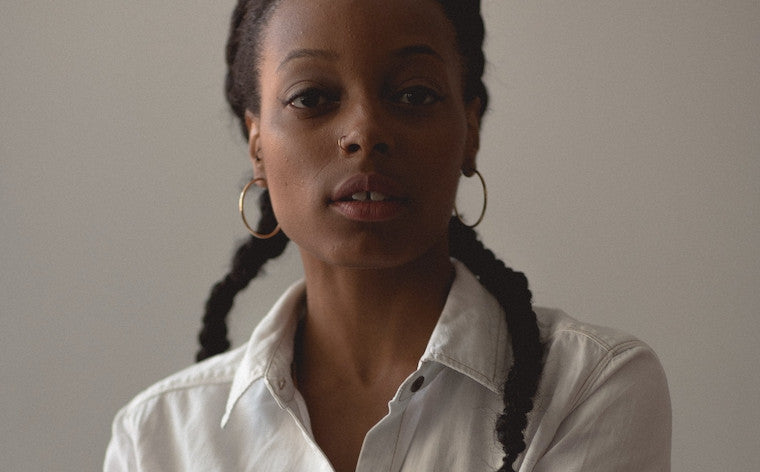

79% of Canadians believe that the next generation of women (those born in 1999 or later) are just as or more likely to feel unsafe because of their gender and just as or more likely to experience sexual assault.
On The National Day of Remembrance and Action on Violence against Women, we remember those who have experienced gender-based violence and those who have lost their lives to it. At Diva, we act by supporting gender equity, empowerment and liberation, in partnership with non-profit organizations that serve women and gender-diverse people on the ground every day.
Today, we’re highlighting Laadliyan and Platform — two organizations with women’s empowerment programs that we support at Diva through our Impact Program.
Laadliyan is a non-profit supporting and empowering South Asian women in the Greater Toronto Area. Laadliyan started by supporting abandoned daughters in Punjab and India through housing initiatives and raising awareness about female feticide and infanticide. Based on their community needs, they expanded into local programming within the GTA. They now work to inspire and empower South Asian daughters of all ages through education, engagement, and awareness worldwide.
Platform is a civic leadership platform for Black, Indigenous, and racialized young women and gender-diverse people. Platform works to make safer civic spaces for young women and gender-queer youth. They engage with civic leaders, elected officials, and community organizers to amplify and solve issues often dismissed from mainstream discourse.
We talked to both organizations to learn more about how to get involved.
Alison Dowling: What is one area that is important to your organization and how are you addressing it?
Manvir Bhangu from Laadliyan: One area that is very important to our organization is leadership and mentorship. We want the girls and women in our community to be able to be leaders in their own careers and in any space they occupy as women of colour.
It’s easy to feel less than, especially growing up in a society that tells women, especially women of colour, that they can’t take up space in leadership positions. When we look at the higher ranks in organizations, we rarely see diverse representation.
Through our organization, we empower women and girls to take up the space they rightfully deserve. We’ve addressed this through a variety of programming. Currently, we run our Laadli to Laadli mentorship program. It is a database of talented South Asian women, who are looking to give back to girls/women seeking educational and career advice.
Emily Quesnelle from Platform: We are focused on building Black, Indigenous, and racialized women and gender-diverse folks’ leadership capacity. We recognize there’s already so much leadership and advocacy taking place in our communities. Our work is to invest in and amplify the work of young leaders, whose work is already advancing gender equity in an intersectional way.
Through our core programs, Healing Together and Redefining Leadership, we are deepening knowledge and addressing skills gaps that will help gender equality advocates take their leadership potential to the next level.

AD: If someone is new to gender equity work, where would you tell them to start?
MB: For someone new to gender equity work, we would tell them to start within themselves first. The reason is that you never know what your biases are. Or how they can come into play when you work with clients and other organizations. It’s important to be aware of what biases and stereotypes you hold when you start working from a gender equity lens.
Awareness needs to be followed by change, and challenging these biases is the next step. One way of doing this is by investing time in a gender-based analysis course to become better equipped with this model and tool. As well as doing cultural sensitivity training to understand how to interact with different communities, and to adopt best practices.
EQ: It’s important to recognize that while we all bring diverse knowledge and experiences to the work, we must build relationships and take advantage of knowledge-sharing opportunities, that allow us to become a part of larger movements and communities. So often we’re tempted to reinvent the wheel. But when working on social justice issues, it’s important to learn from elders and peers to deepen the work.
AD: What is one thing that your organization is proud of?
MB: The community of strong sisterhood we’ve built with women around the world. Several of our clients and community members have expressed that growing up, they felt a lack of guidance and mentorship within their community. Through our platform, we aspire to provide a safe space for women and girls. We are consistently building our community through our programs and events. And the positive feedback we receive reminds us of the importance of the work we do.
EQ: We’re very proud of our Redefining Leadership Fellowship. With the 2nd cohort already underway, we’ve been so proud of the Fellows, and our team, for creating spaces for peer learning and care, built upon the foundation of intersectionality.
The Fellowship creates opportunities for leaders to pause, reflect, and learn. Black, Indigenous, and racialized women and gender-diverse folks already perform so much community labour — it’s important to recognize that their work and time must be compensated.

By supporting women’s empowerment programs, we can help prevent gendered violence, by liberating and empowering future generations of women and gender-diverse folks.









